When it comes to strengthening and toning the lower body, the hamstrings often don’t get as much attention as the quadriceps. However, developing strong hamstrings is crucial for overall leg health, injury prevention, and improved athletic performance. One of the most effective exercises for isolating the hamstrings is the prone leg curl, a popular machine-based exercise that targets the muscles in the back of your thighs.
In this article, we’ll explore the benefits of the prone leg curl, the correct form for performing it, common mistakes to avoid, and how it fits into a well-rounded fitness routine.
What is the Prone Leg Curl?
The prone leg curl, also known as the lying leg curl, is an exercise that isolates the hamstrings, the group of muscles located at the back of the upper leg. The movement involves lying face down on a leg curl machine, positioning the legs under a padded lever, and curling the legs toward the glutes. This exercise is highly effective at working the hamstrings through their full range of motion.
Unlike squats or deadlifts, which engage multiple muscle groups, the prone leg curl focuses solely on the hamstrings, making it ideal for those looking to enhance hamstring strength or muscle development.
Benefits of the Prone Leg Curl
-
Targeted Hamstring Activation: The prone leg curl isolates the hamstrings, allowing for precise targeting and muscle activation. This focused exercise helps to develop strength, size, and endurance in the hamstrings, which are essential for activities like running, cycling, and jumping.
-
Improved Athletic Performance: Strong hamstrings are critical for explosive movements, such as sprinting and jumping. By strengthening these muscles, you can enhance your athletic performance, including better speed, agility, and power.
-
Prevention of Injuries: Weak or imbalanced hamstrings can lead to injuries, especially in activities that involve running, twisting, or jumping. Strengthening the hamstrings with exercises like the prone leg curl helps to reduce the risk of strains, tears, and other lower-body injuries.
-
Improved Knee Health: The hamstrings play a crucial role in stabilizing the knee joint. By strengthening them, you can improve knee stability and reduce the risk of knee-related issues, including patellar tendinitis and ligament injuries.
-
Balanced Muscle Development: Focusing on both the quadriceps and hamstrings is essential for balanced lower-body muscle development. Neglecting the hamstrings can lead to muscular imbalances, which can affect posture and overall leg function.
How to Perform the Prone Leg Curl Correctly
-
Set up the Machine: Adjust the machine so that the padded lever rests comfortably on your lower legs, just above your ankles. Ensure that your knees are aligned with the edge of the machine pad, and the seat is adjusted to a position where your legs are fully extended but not overstretched.
-
Get Into Position: Lie face down on the machine, making sure your body is fully supported. Place your hands on the handles for stability. Your legs should be fully extended with the machine’s lever positioned above your ankles.
-
Execute the Curl: Engage your core and hamstrings to pull the lever up toward your glutes. Keep your hips and torso stable throughout the movement. Curl your legs as far as you can, focusing on squeezing your hamstrings at the top of the movement.
-
Lower the Weight Slowly: Slowly release the lever back to the starting position, keeping the movement controlled. Avoid letting the weight drop quickly, as this can reduce the effectiveness of the exercise and increase the risk of injury.
-
Repeat: Perform 3 to 4 sets of 8 to 12 repetitions, depending on your fitness level and goals.
Common Mistakes to Avoid
-
Using Excessive Weight: One of the most common mistakes people make is using too much weight. Lifting heavier than your muscles can handle compromises form and can lead to strain or injury. Start with a manageable weight and focus on proper technique.
-
Not Fully Extending the Legs: Some individuals fail to extend their legs fully at the start of the movement, which reduces the range of motion and prevents the hamstrings from being fully activated. Always make sure your legs are completely extended before starting the curl.
-
Arching the Lower Back: Arching your back during the exercise puts unnecessary strain on your spine. Keep your core engaged and your body stable to prevent back pain and injury.
-
Jerking the Weight: Moving the weight too quickly or jerking during the exercise can cause momentum to take over, which reduces the effectiveness of the workout. Perform the movement slowly and deliberately to maximize muscle engagement.
How to Integrate the Prone Leg Curl into Your Workout Routine
The prone leg curl is an excellent addition to any lower-body workout. It pairs well with compound exercises like squats, lunges, or deadlifts, which work the quads and glutes, to ensure balanced leg development.
Here’s an example of a lower-body workout routine incorporating the prone leg curl:
- Warm-Up: 5-10 minutes of light cardio (treadmill, cycling, etc.)
- Squats: 3 sets of 8-12 reps
- Lunges: 3 sets of 10 reps per leg
- Prone Leg Curl: 3 sets of 8-12 reps
- Leg Press: 3 sets of 10-12 reps
- Calf Raises: 3 sets of 12-15 reps
If you’re focusing specifically on hamstring development, you can also perform additional sets of the prone leg curl or include exercises like Romanian deadlifts, glute-ham raises, or seated leg curls to further target the hamstrings.
Conclusion
The prone leg curl is an excellent exercise for isolating and strengthening the hamstrings, improving athletic performance, and reducing the risk of injuries. By incorporating proper form and avoiding common mistakes, you can maximize the benefits of this machine-based movement. Whether you’re an athlete, fitness enthusiast, or someone simply looking to improve lower-body strength, the prone leg curl should be a key part of your training regimen.
Remember, a balanced approach to fitness that targets all major muscle groups will lead to more comprehensive results and long-term health.

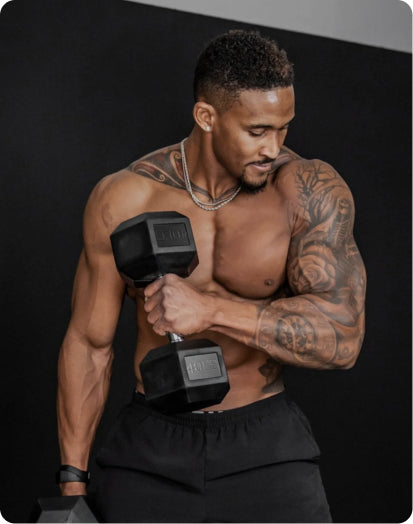
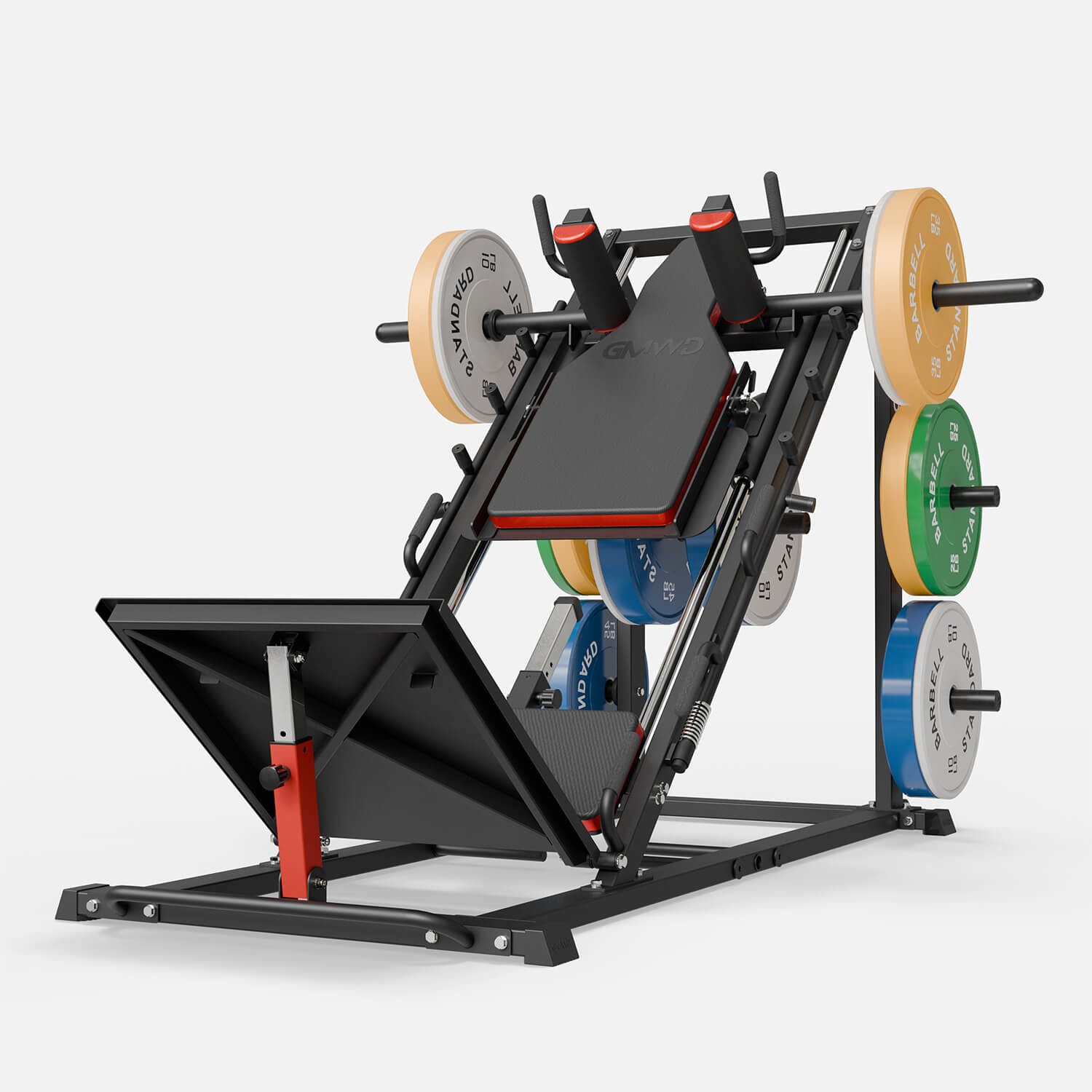
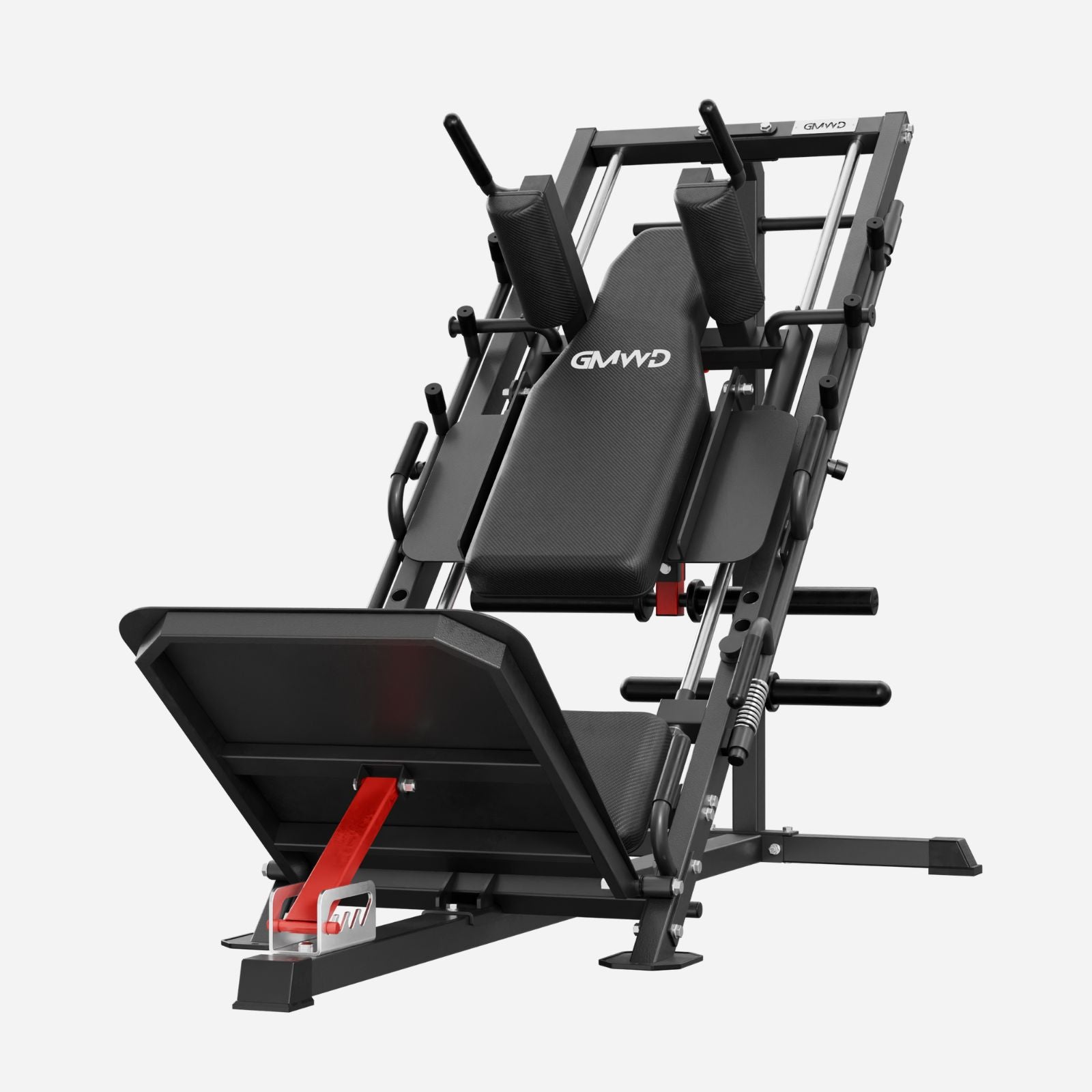

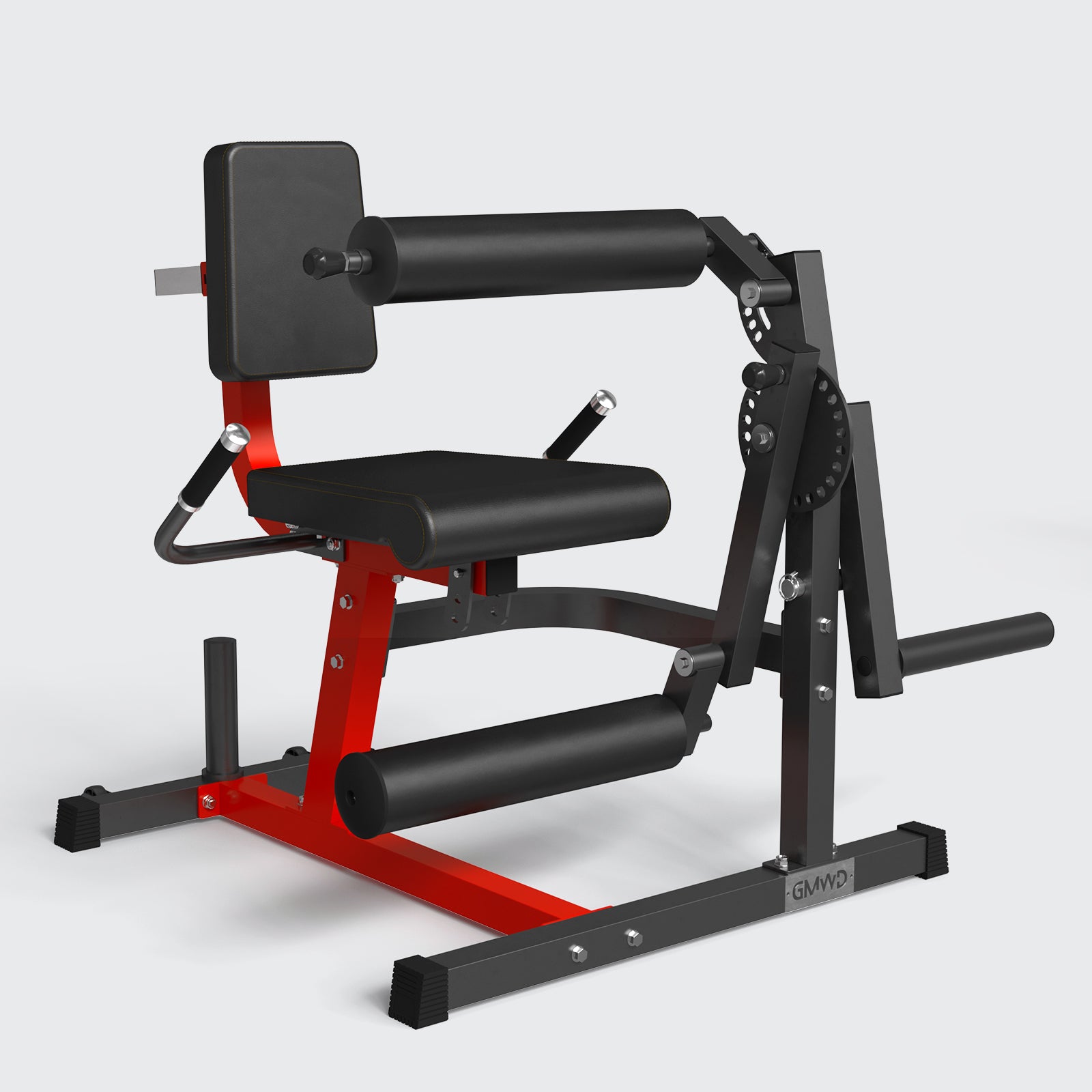
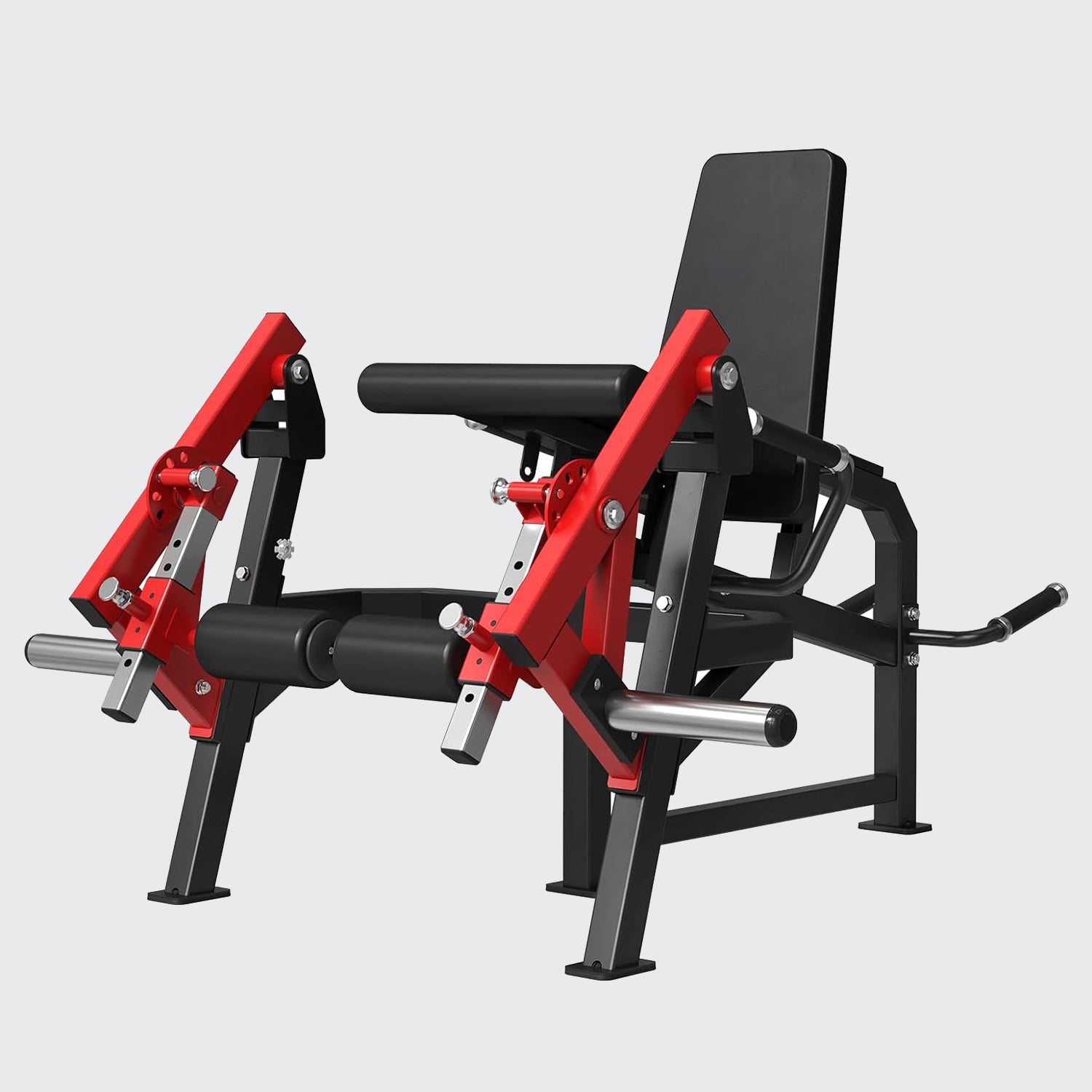
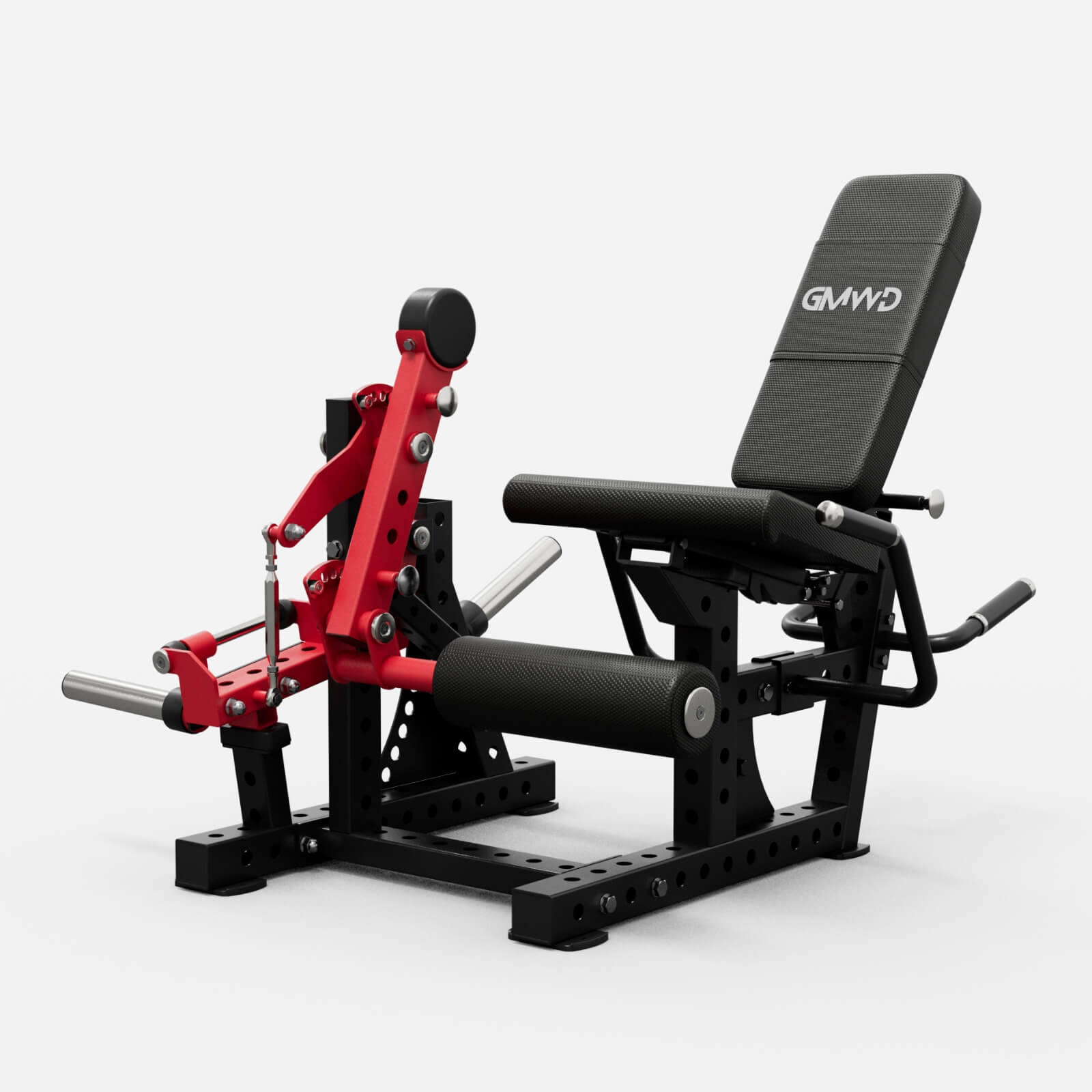
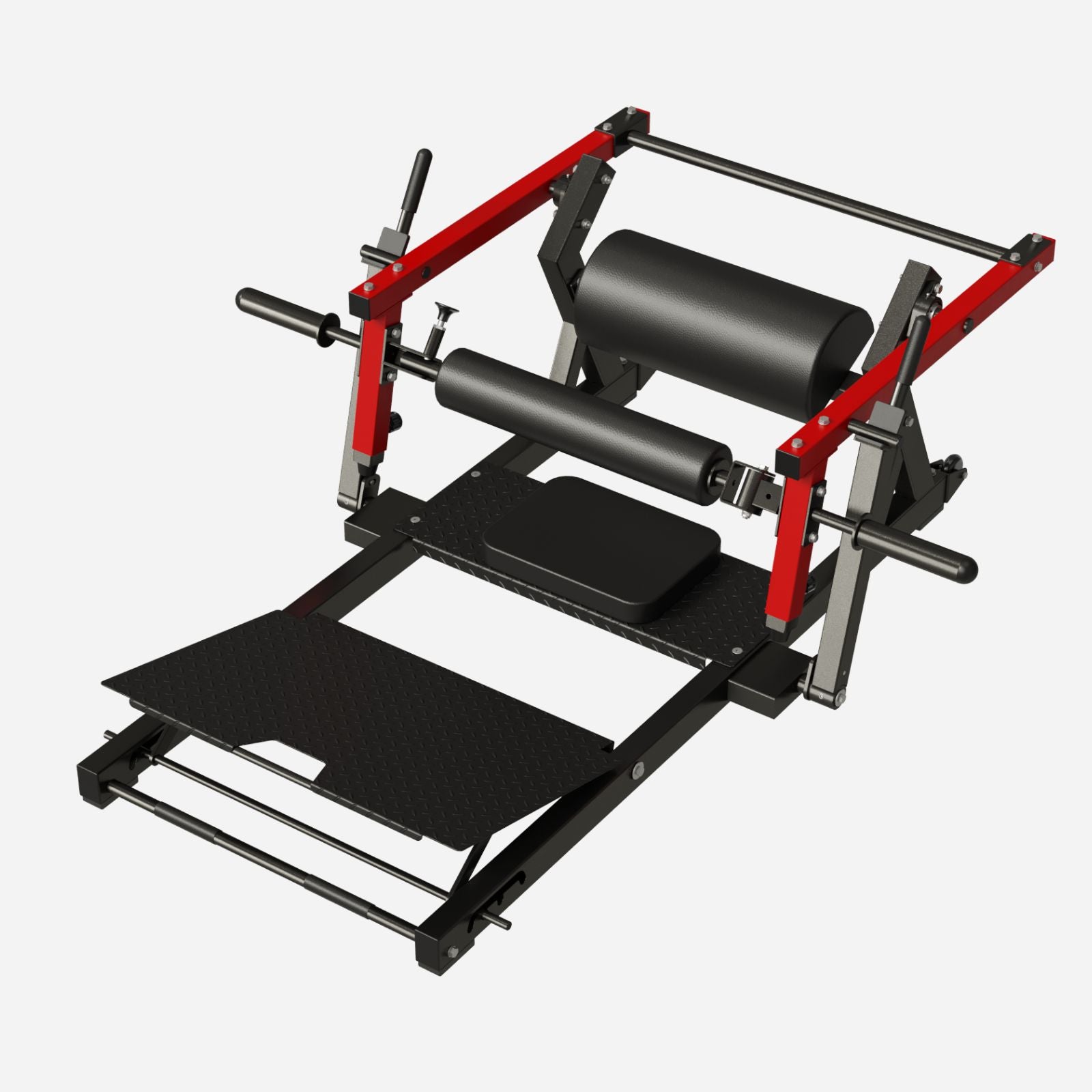

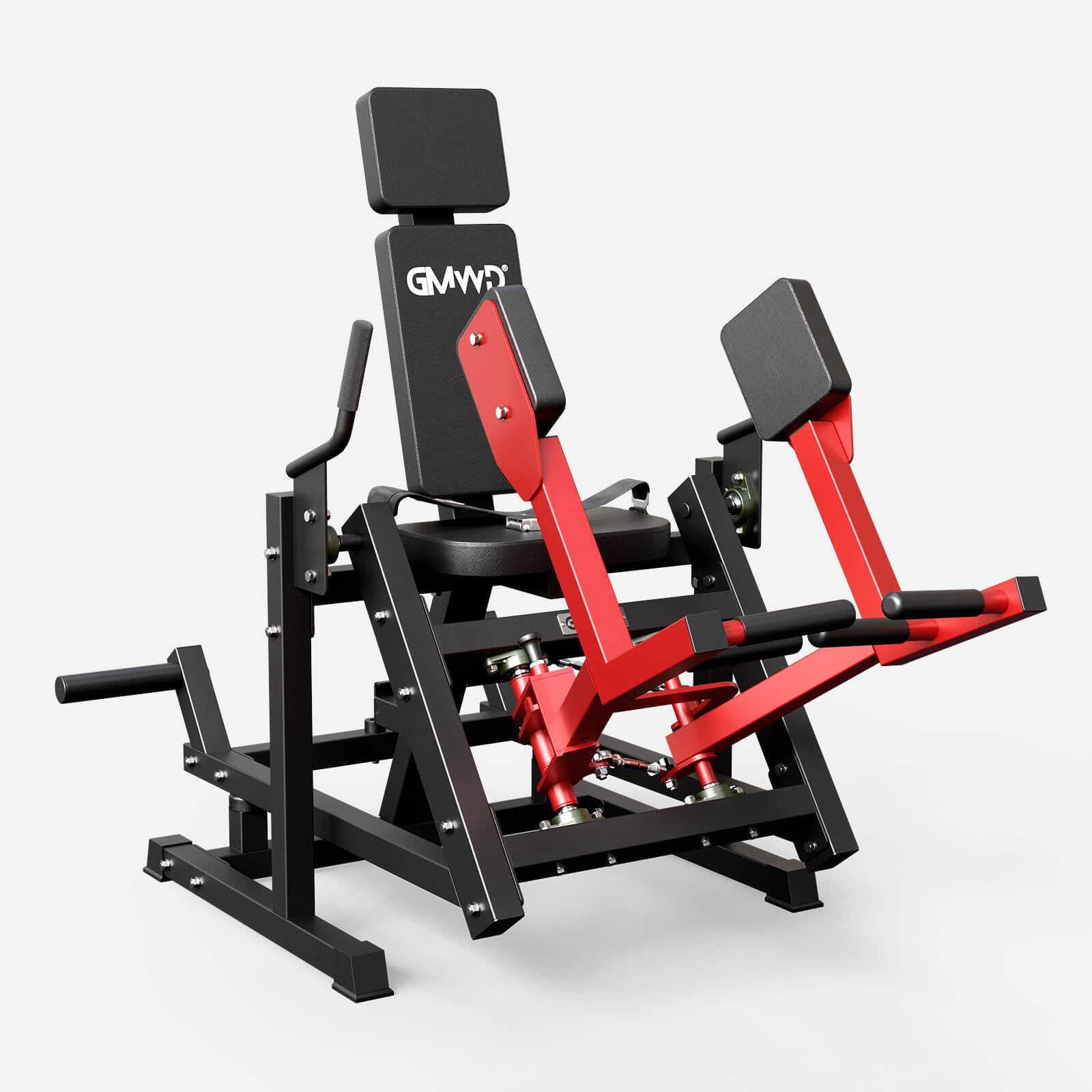
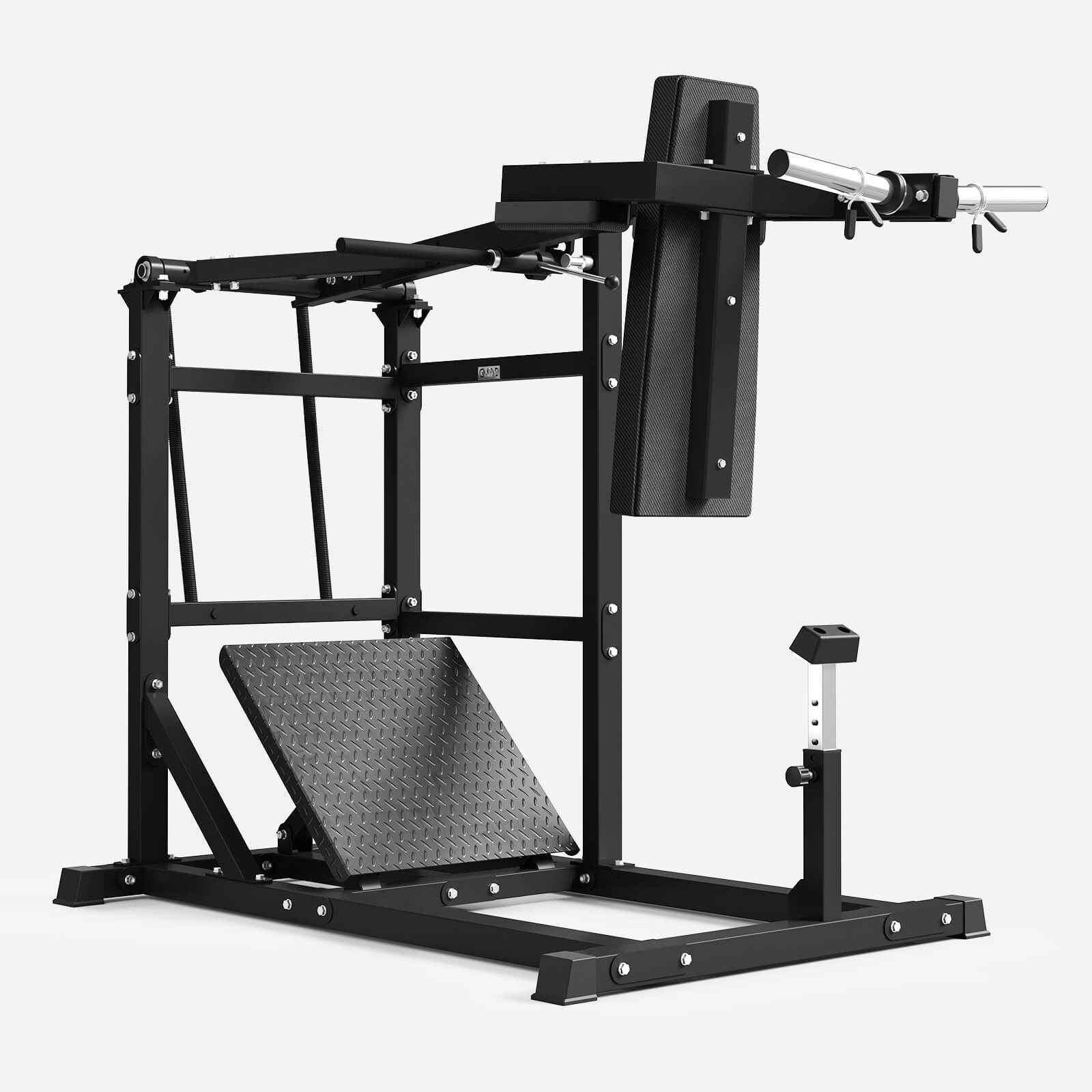
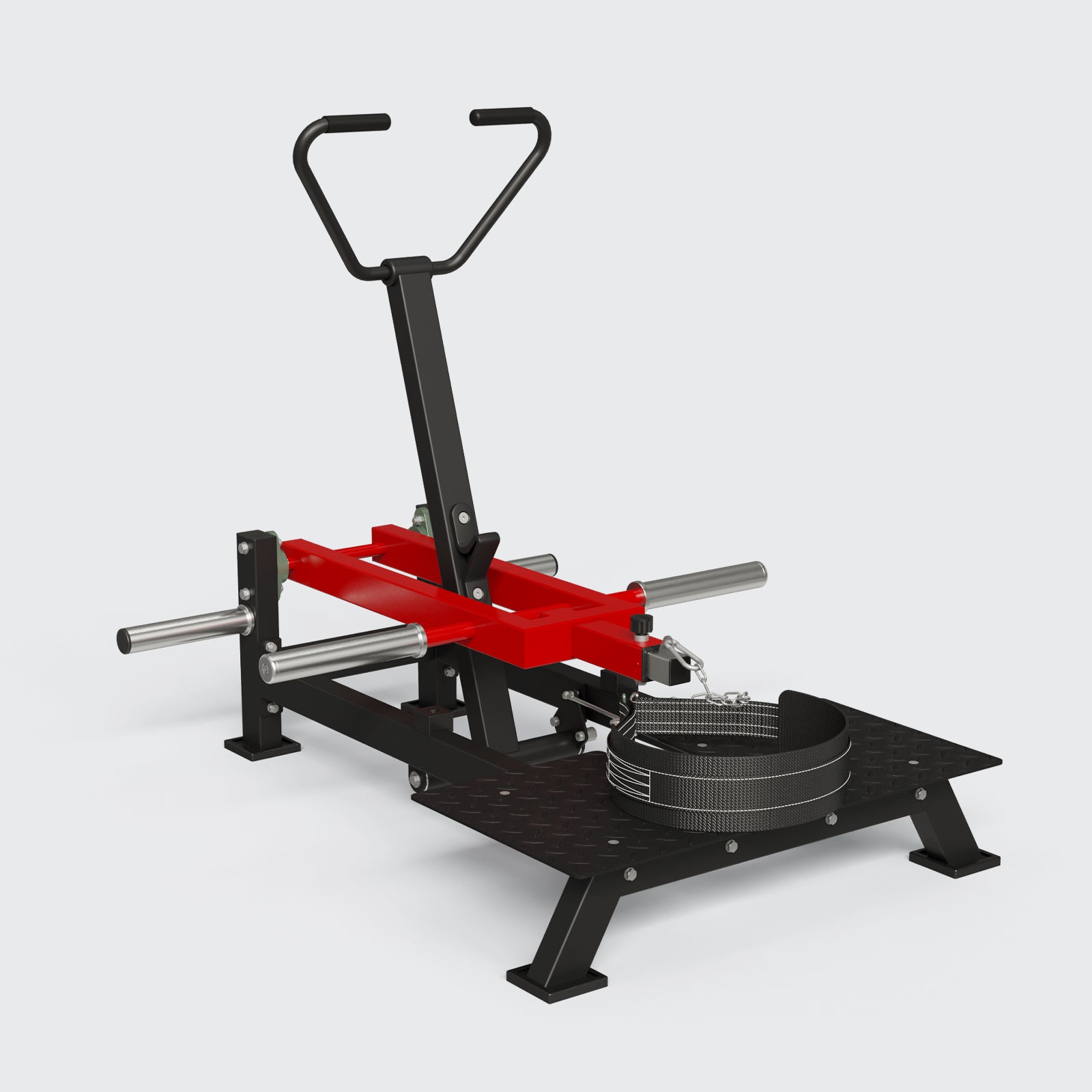
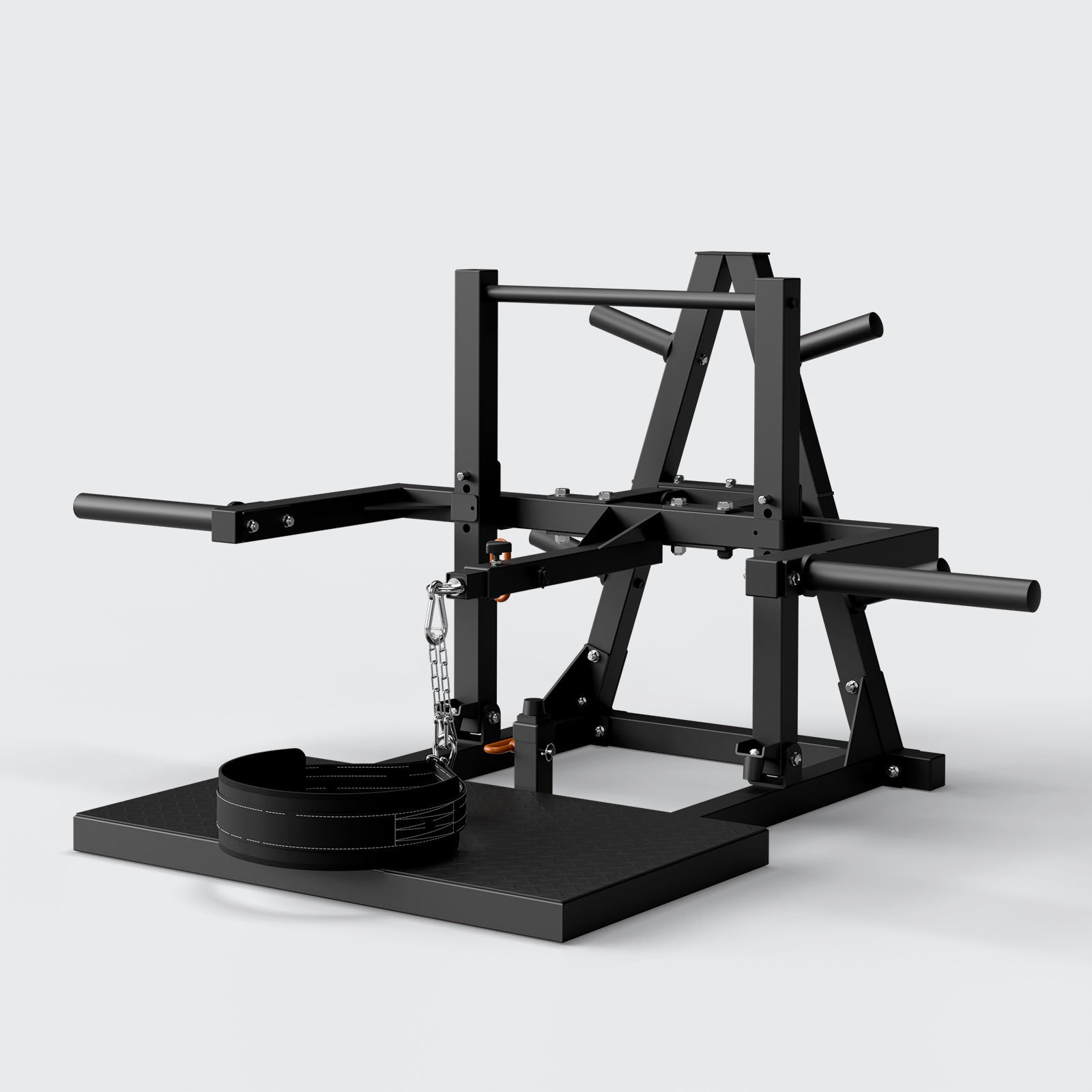

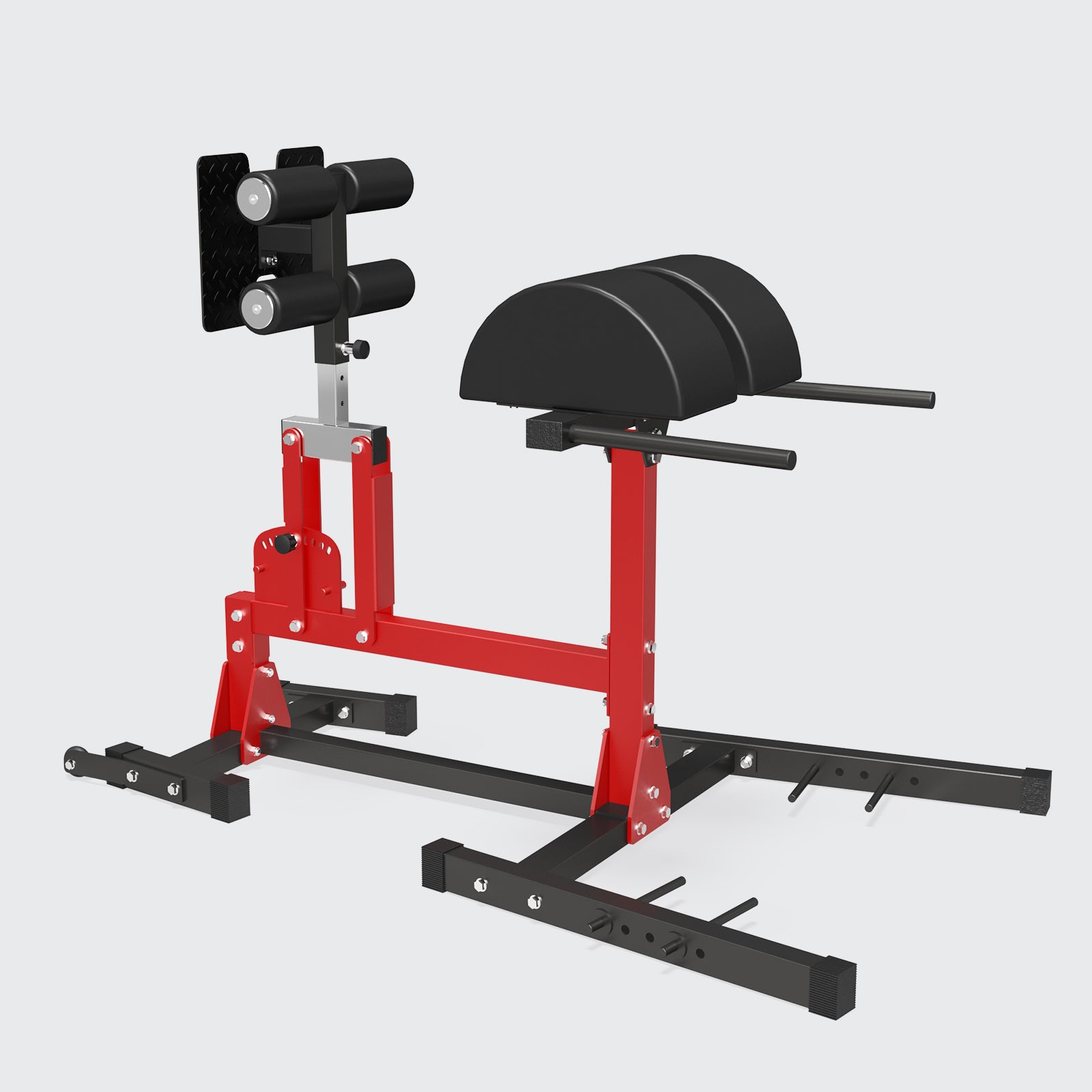
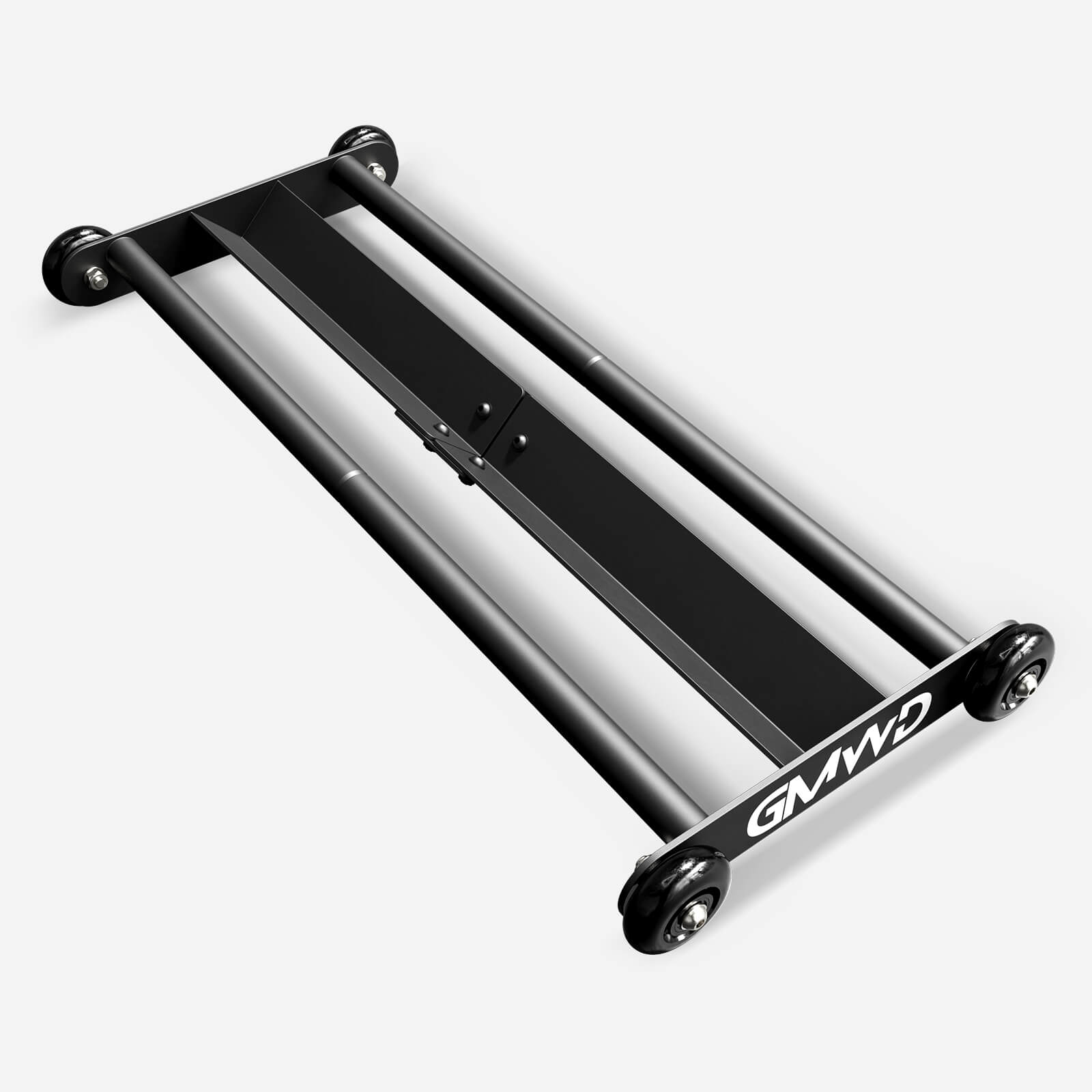
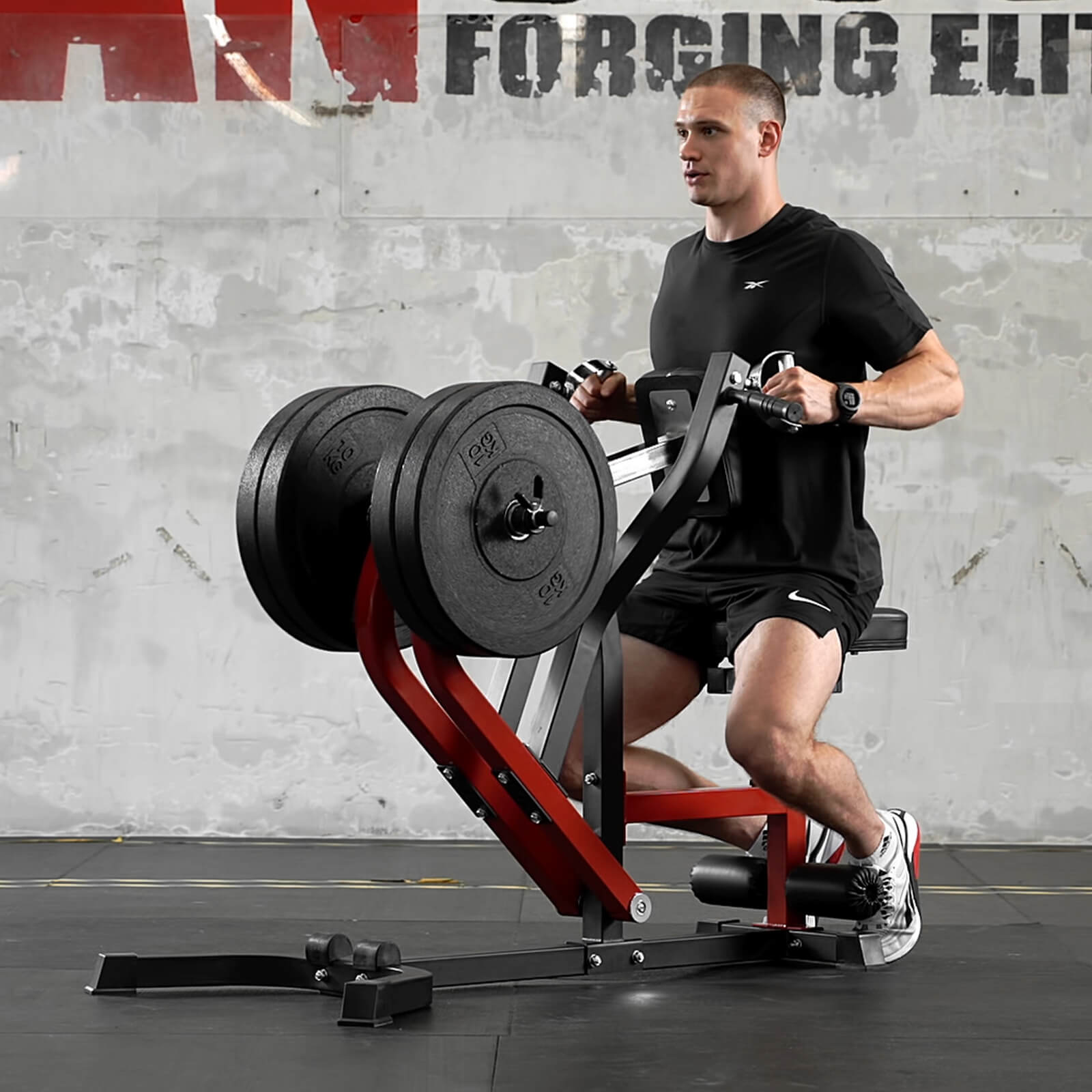
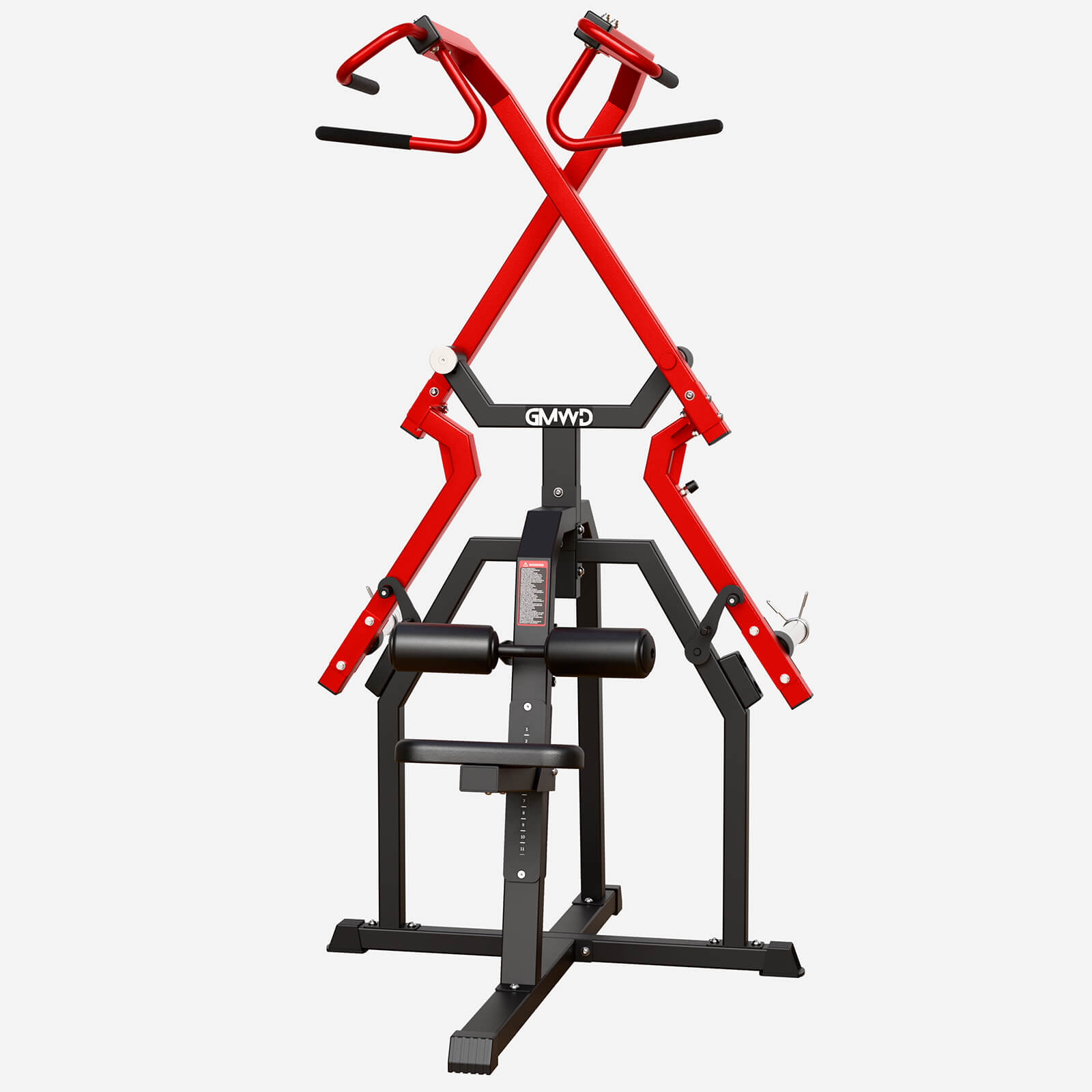
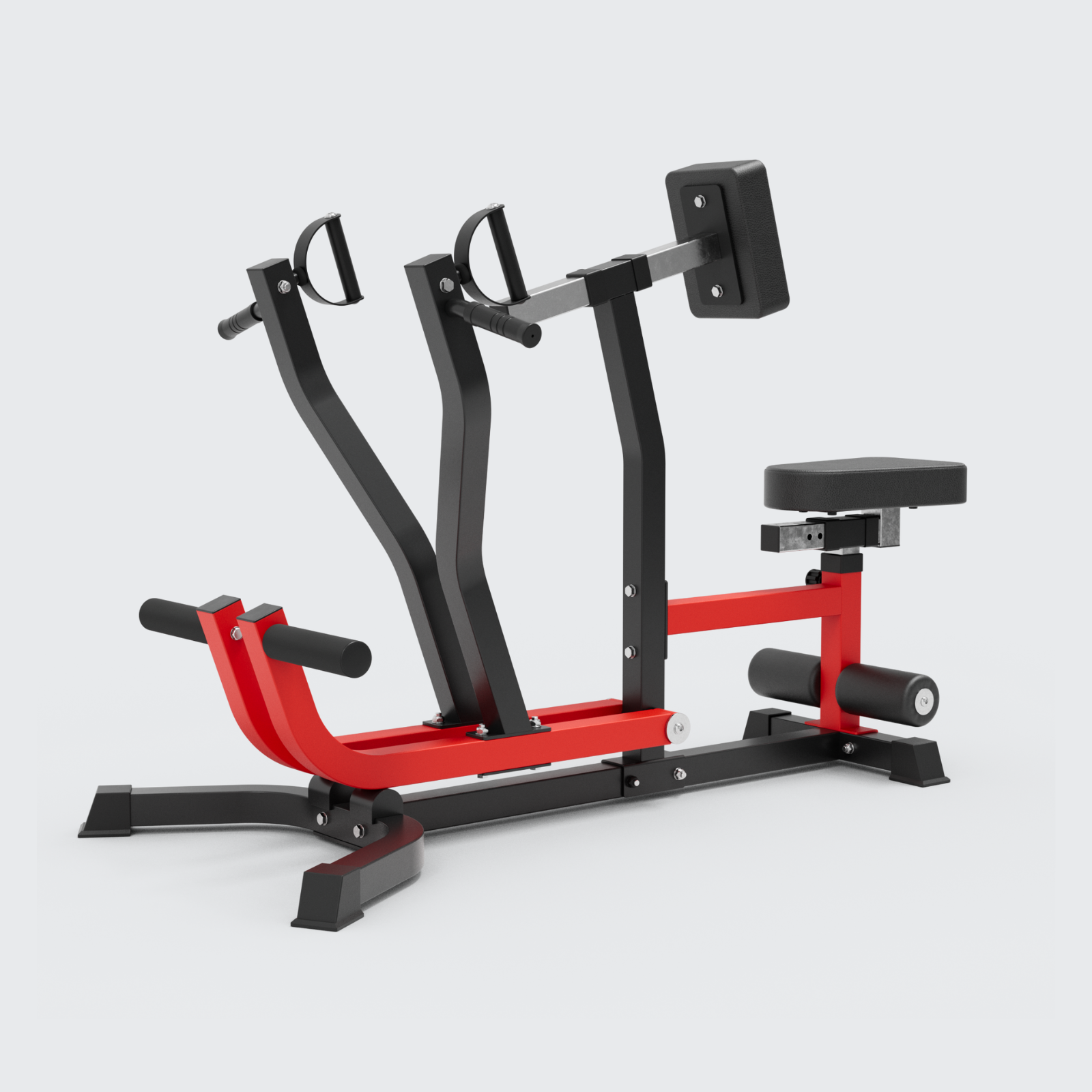
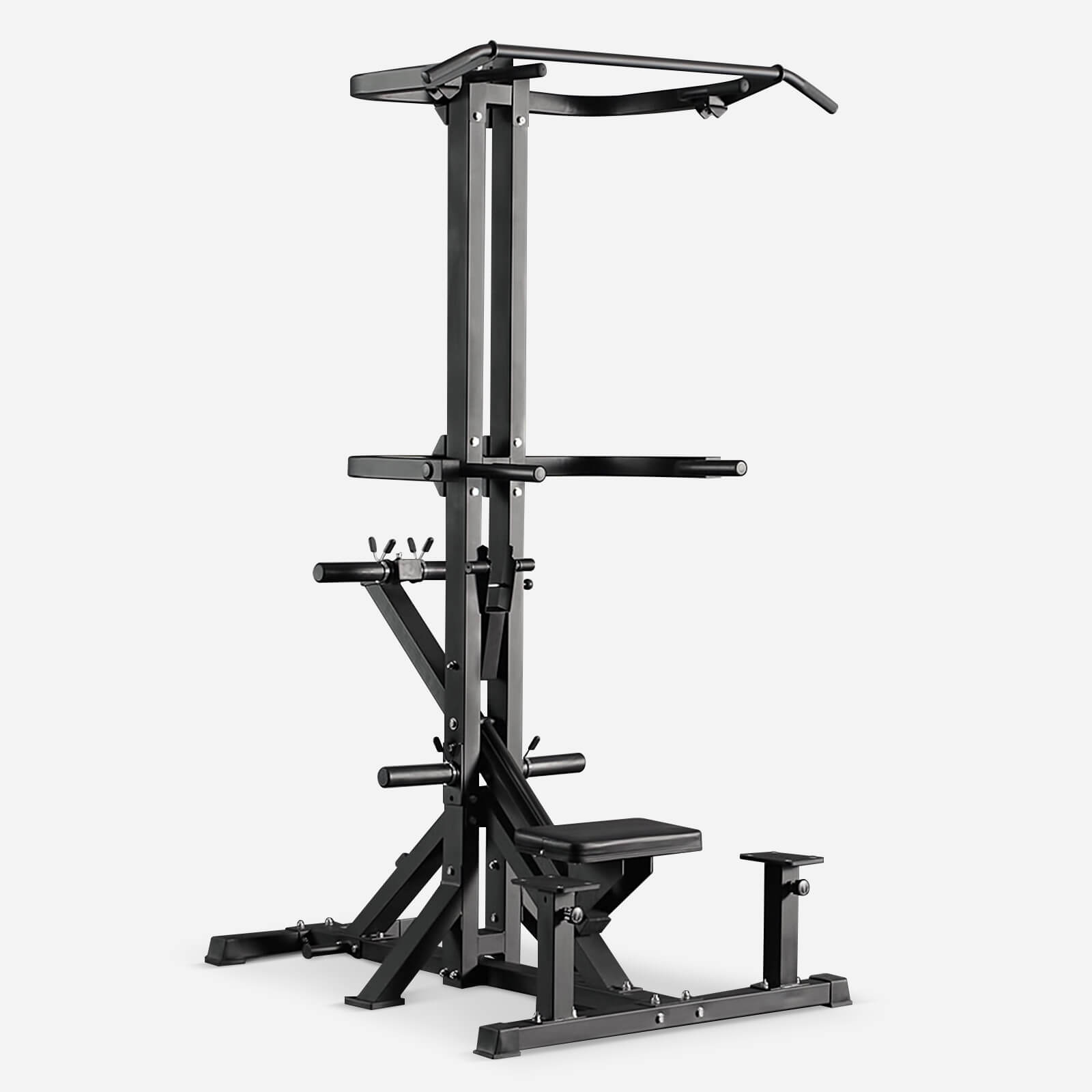

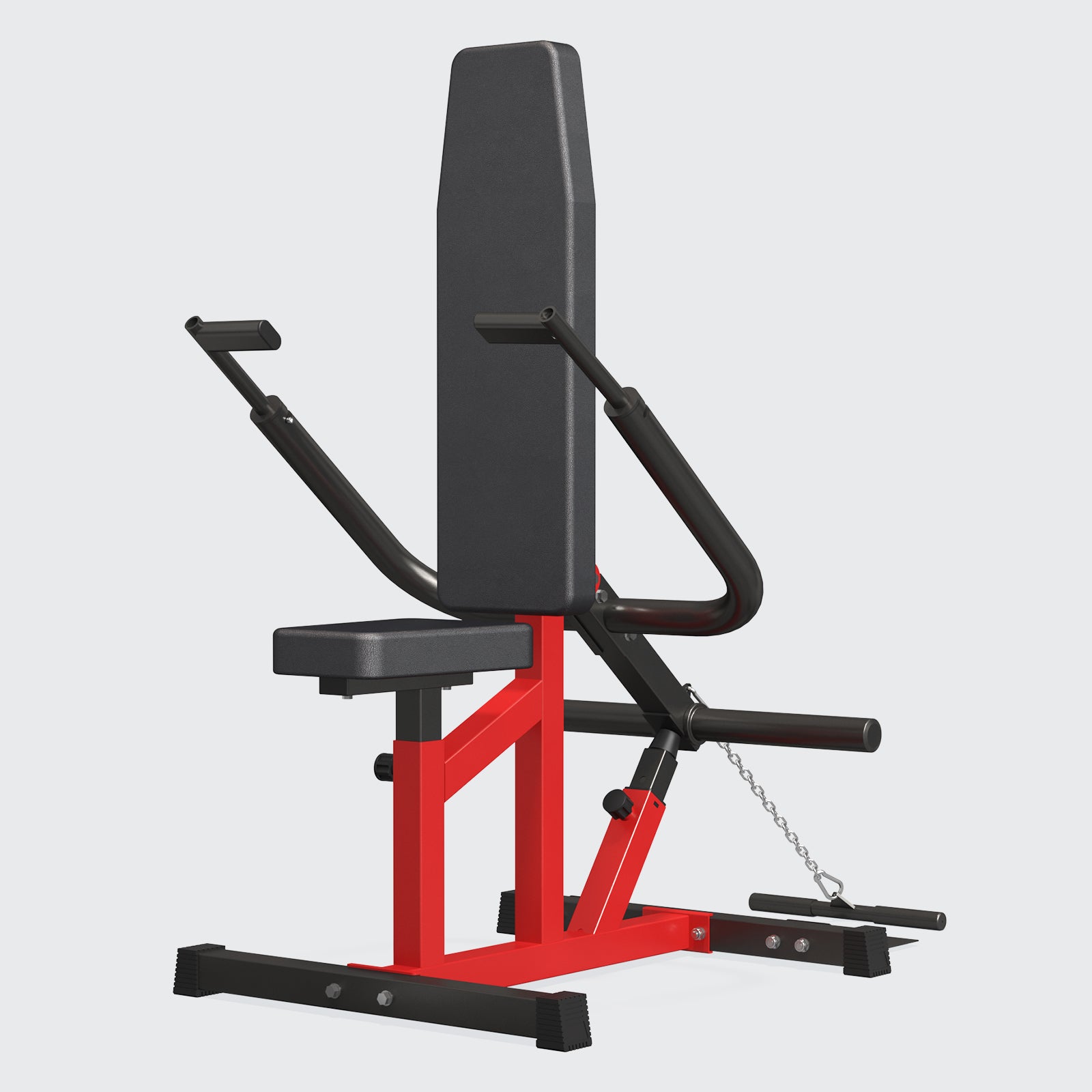
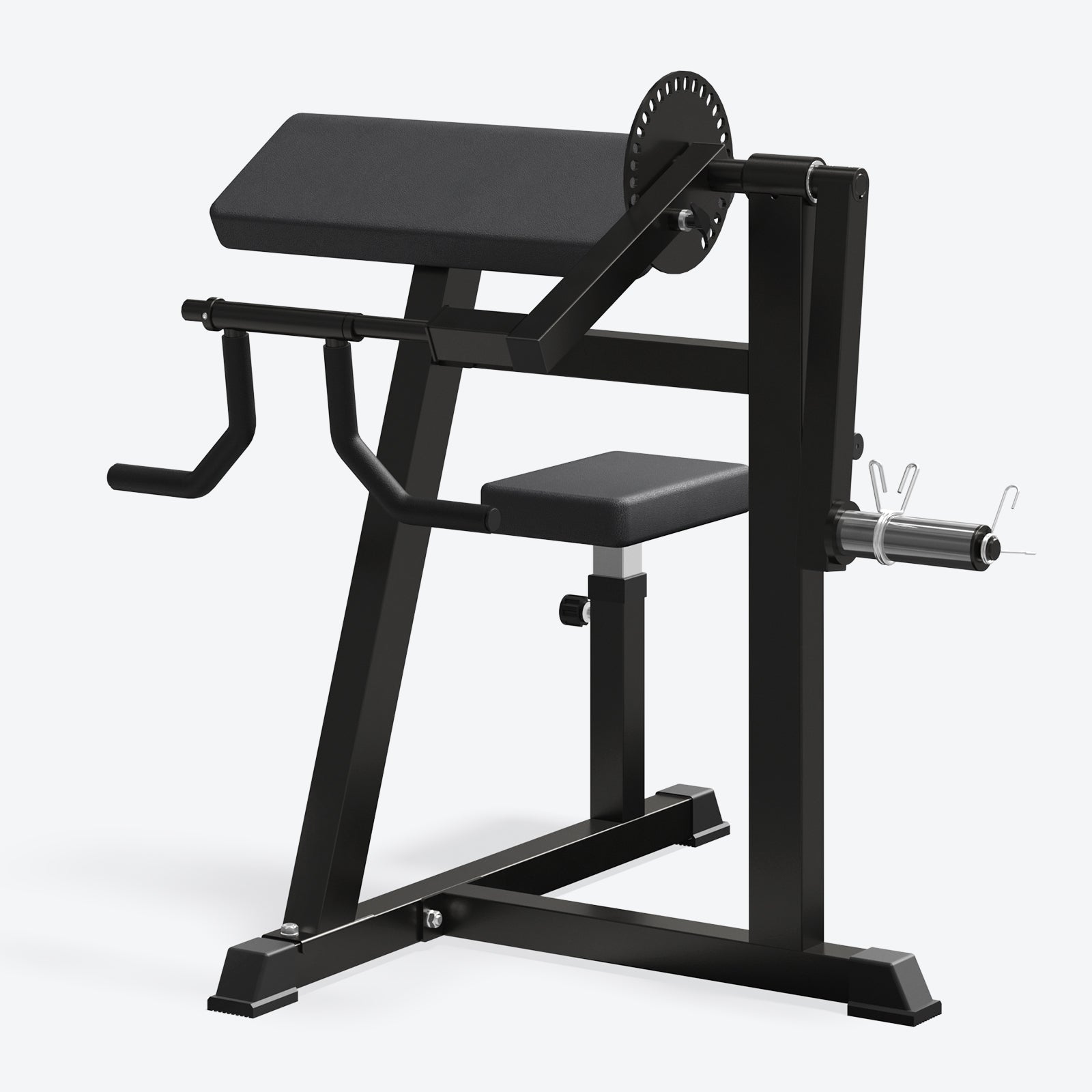
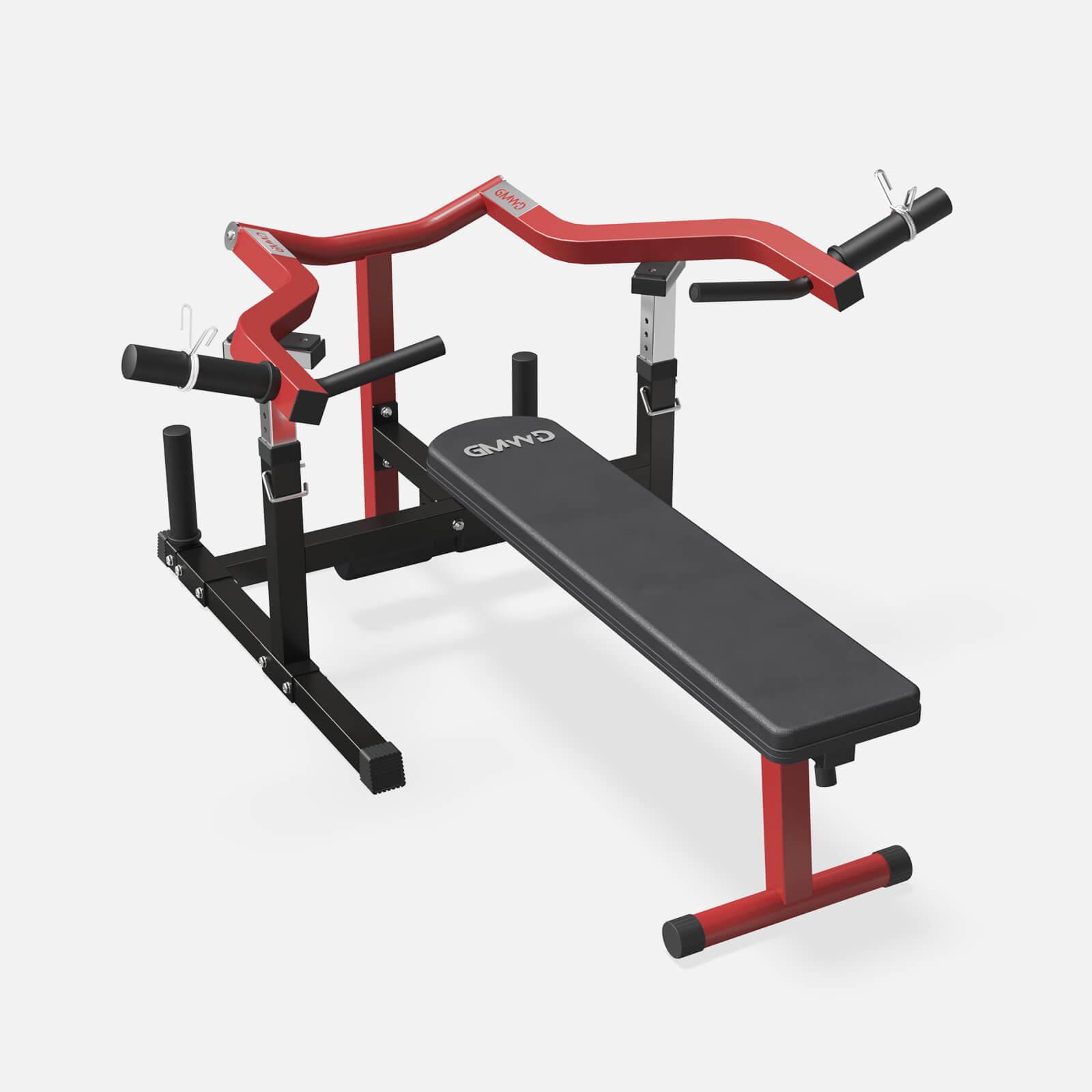
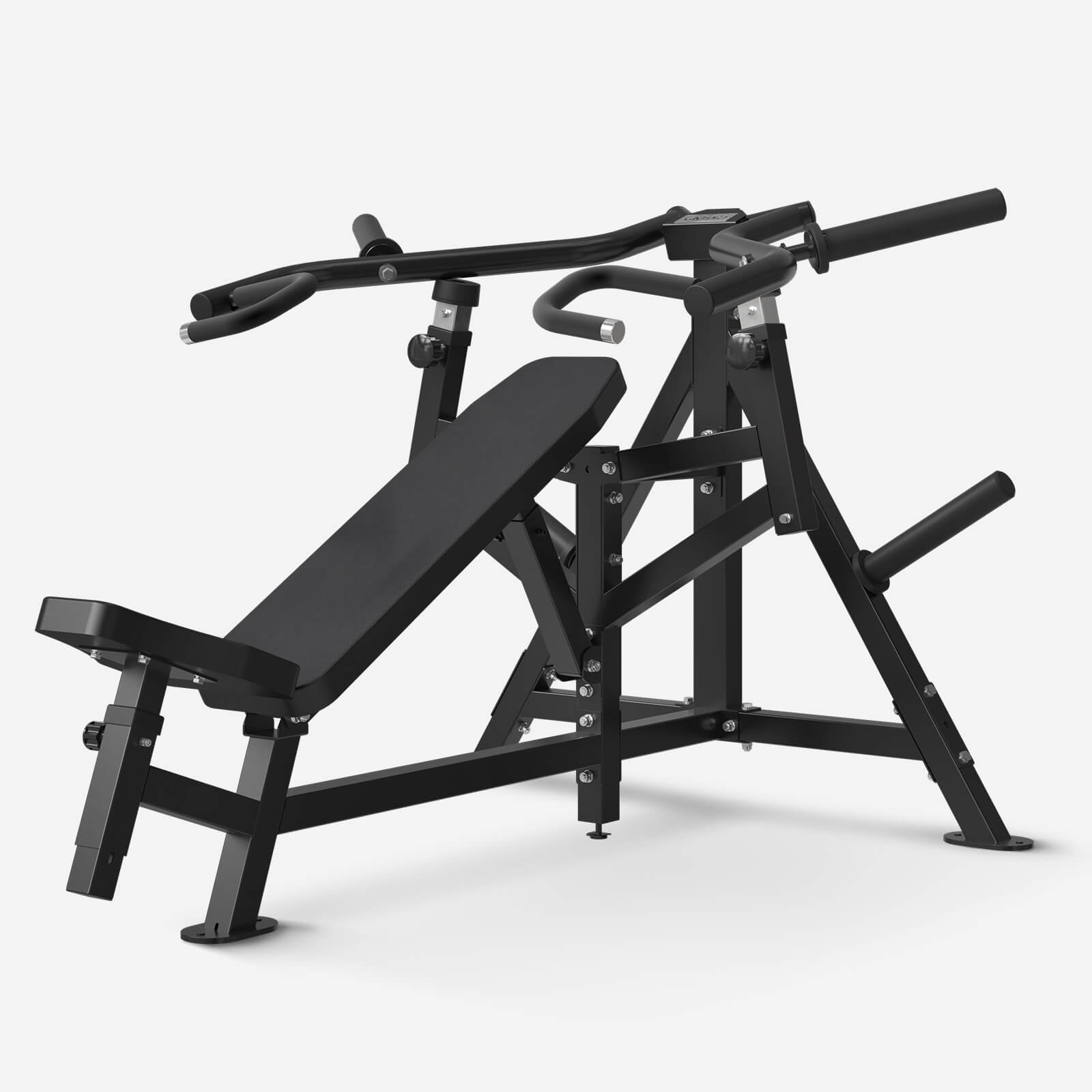
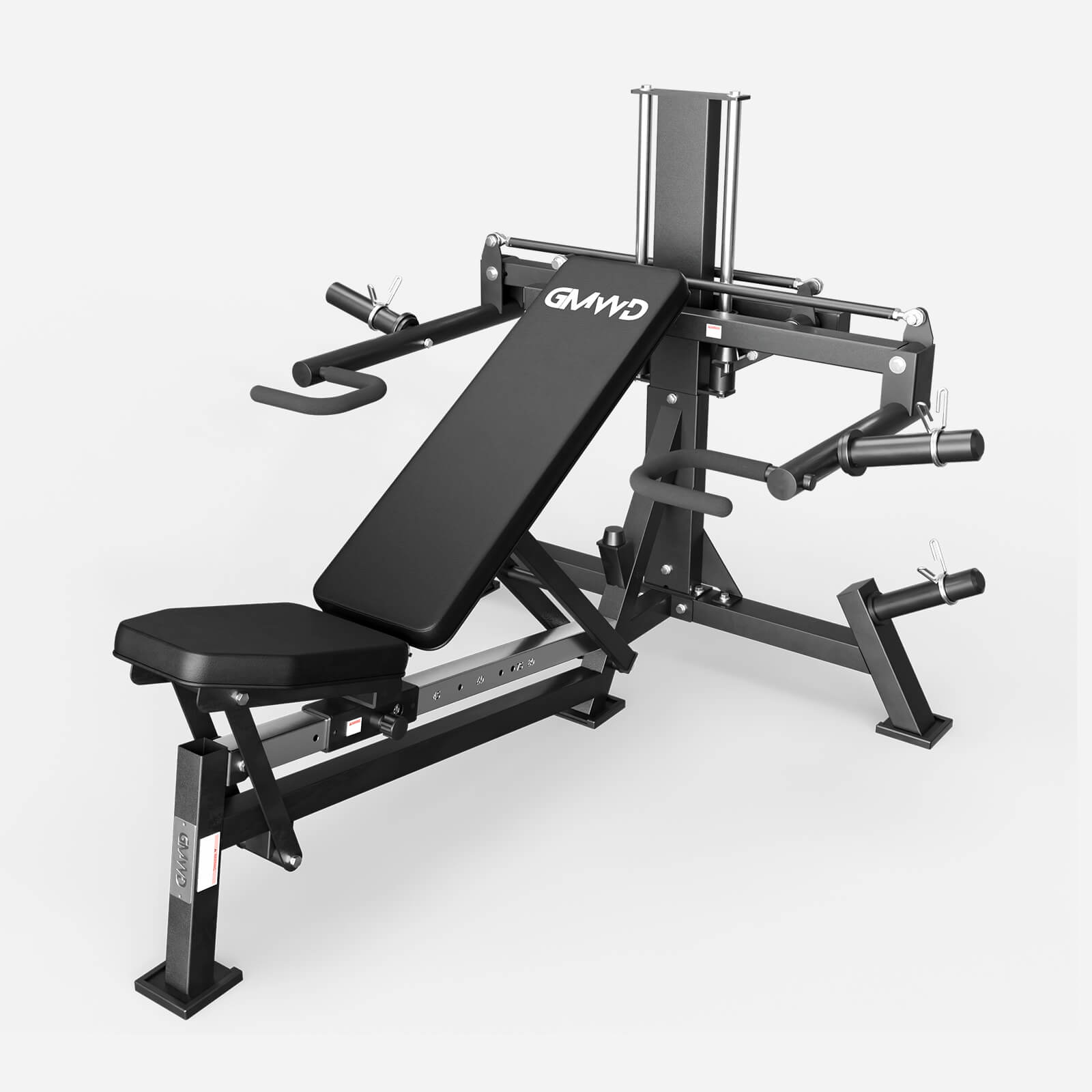
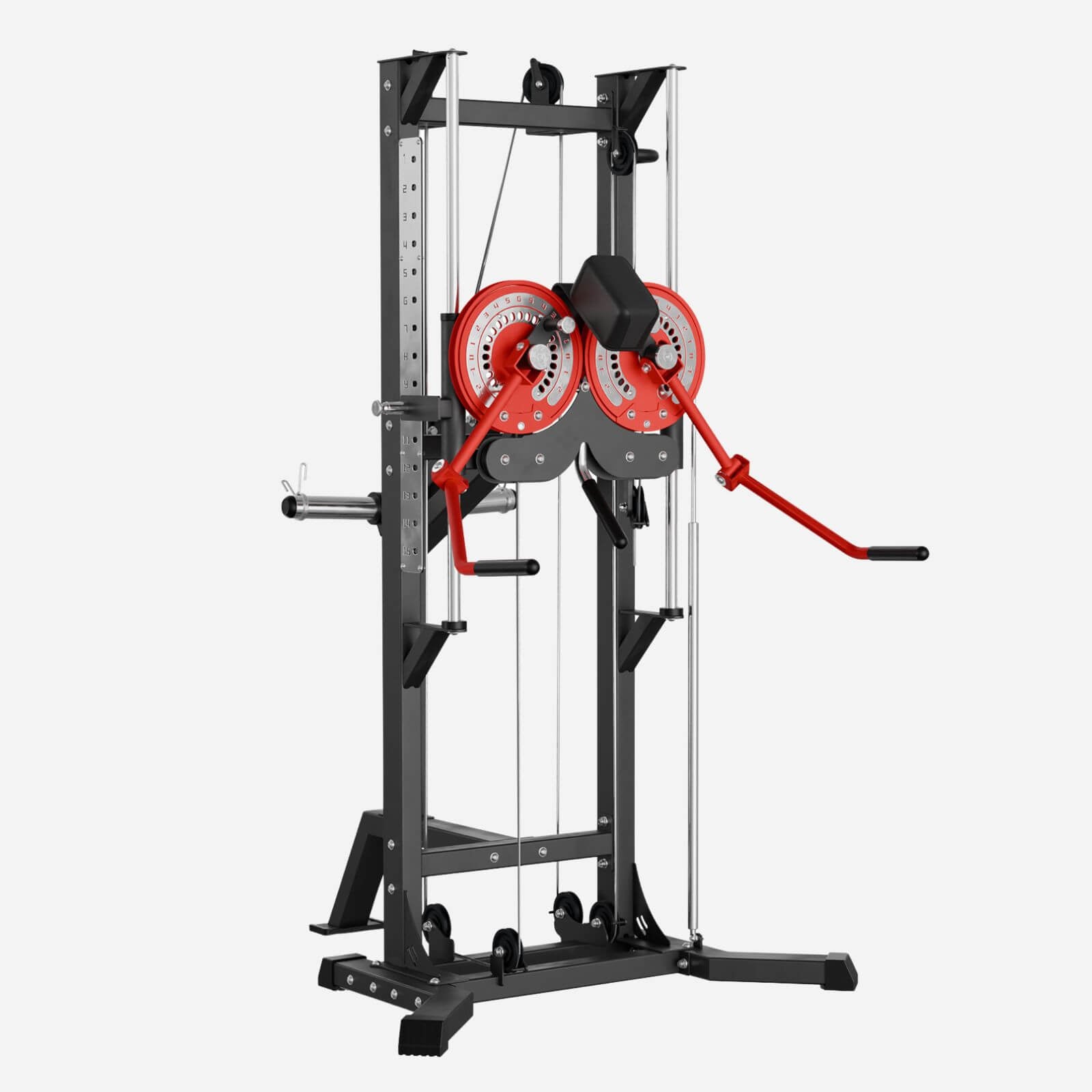
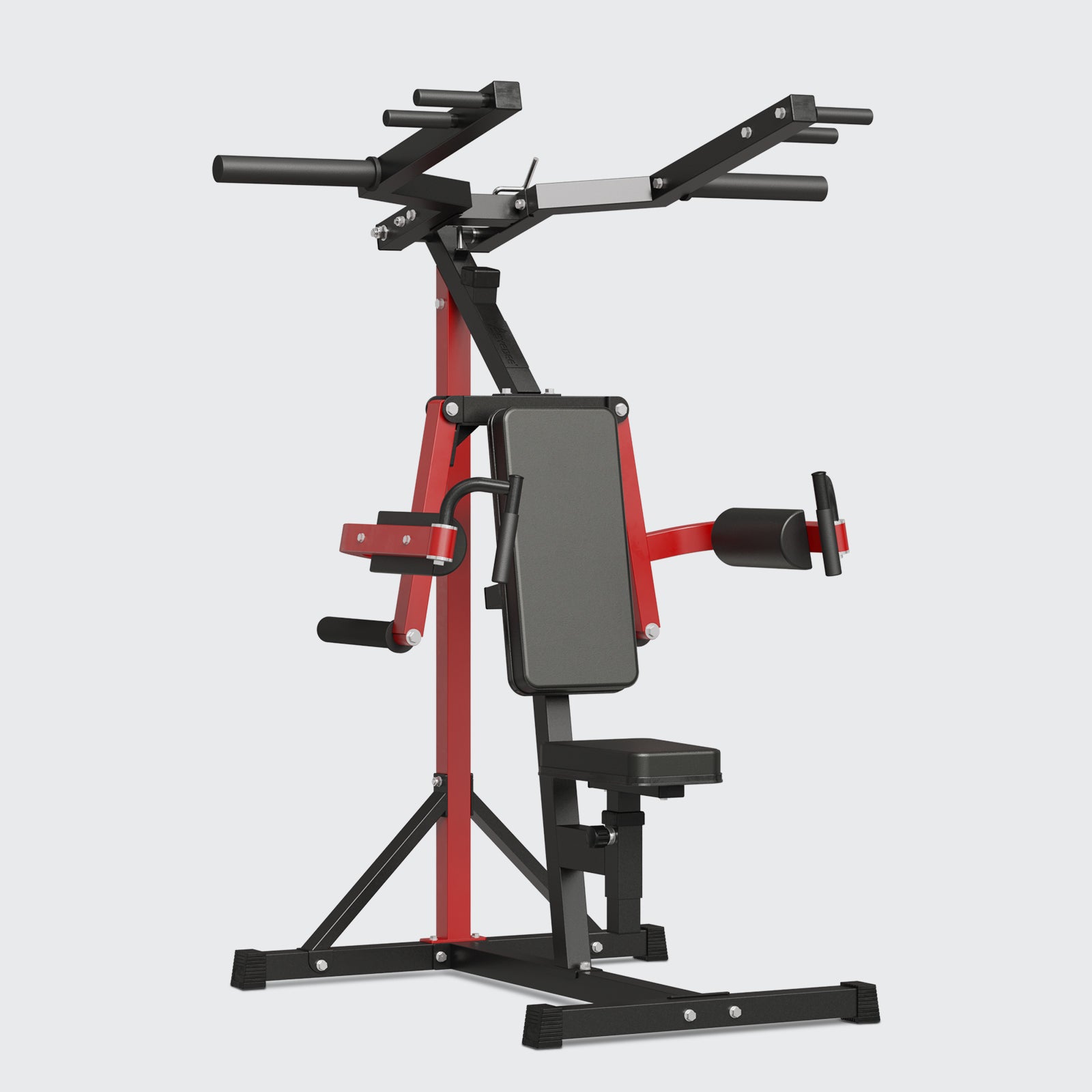
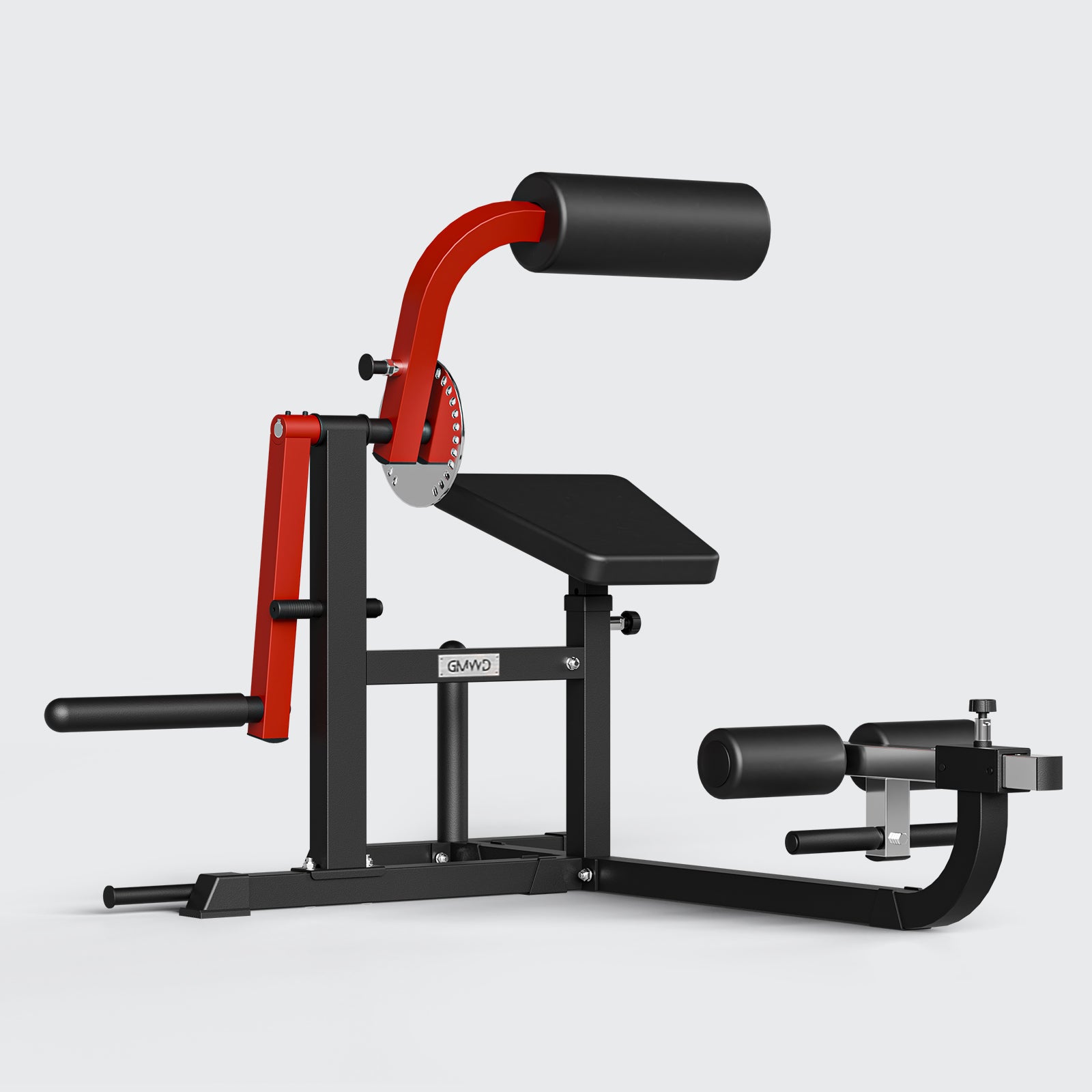
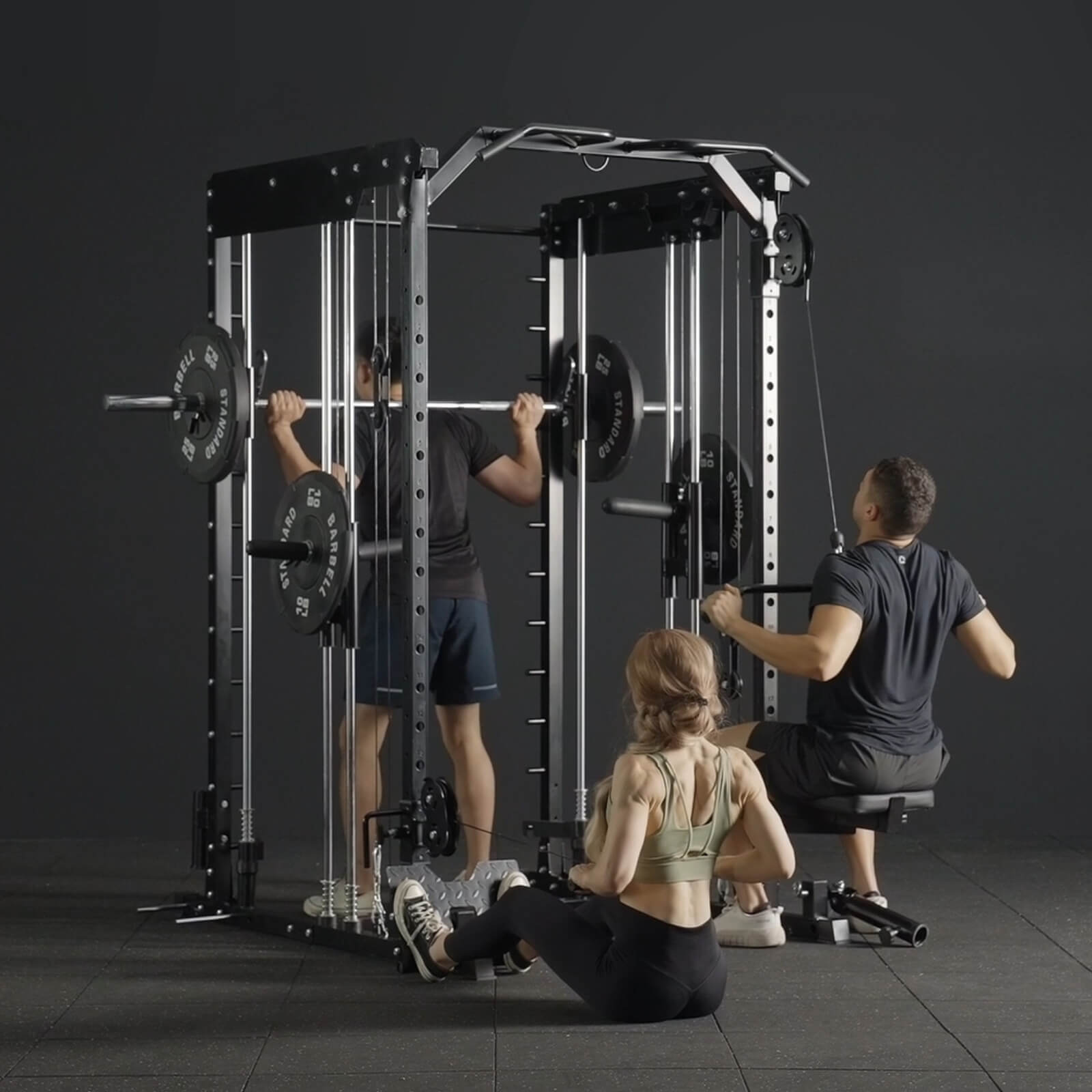
Leave a comment
All comments are moderated before being published.
This site is protected by hCaptcha and the hCaptcha Privacy Policy and Terms of Service apply.